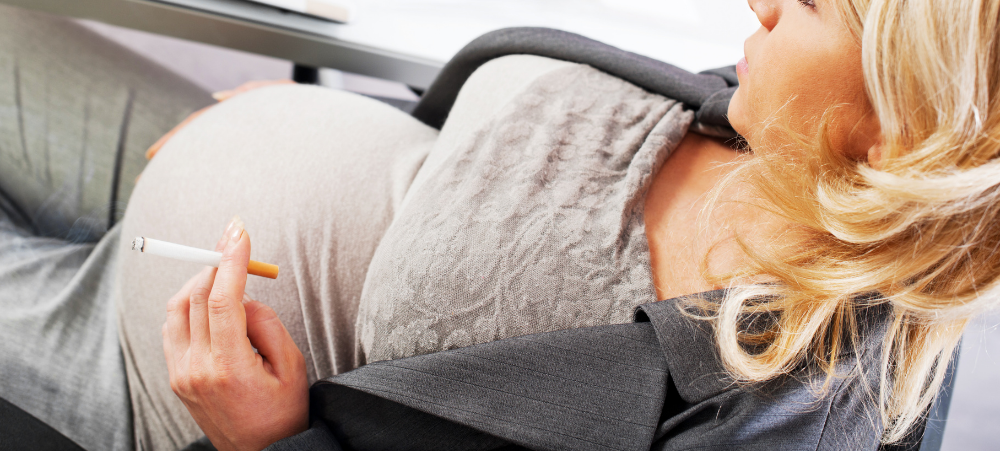Migraine is a very common problem that affects about 18% of all women and 6% of all men. Studies have shown that environment, lifestyle, and diet can play a large role in how often you get migraines.
Dr Elliot Shevel, Medical Director and founder of The Headache Clinic says that the most commonly reported migraine triggers include alcohol (especially red wine and beer), chocolate, aged cheese, cured meats, food preservatives that contain nitrates and nitrites, and monosodium glutamate (MSG). Although these are the most common, almost any food can be a trigger. Even so, only about 20% of migraine suffers have an identifiable food trigger.
There is no certainty why certain foods trigger headaches, but suggested mechanisms are as follows:
Chocolate
22 percent of headache sufferers identify chocolate as one of their headache triggers. But many people with migraines have increased appetite and food cravings just before their headaches start. Reaching for a chocolate bar may be the result of a migraine, rather than the cause.
Alcohol
Sulfites used as preservatives in red wine have been linked to migraine headaches. Alcohol in any drink causes the blood vessels in the scalp to dilate, and can also result in dehydration, both of which might be headache triggers. Alcohol is also a potent trigger for cluster headaches – otherwise known as “suicide headaches”. They are known as suicide headaches because the pain is so severe that sufferers do sometimes actually commit suicide.
Caffeine
Caffeine can actually help get rid of a migraine headache, and caffeine may be included in some migraine medications, but too much caffeine can be a headache trigger when you come down from your caffeine “high.”
Aged cheese
It is generally agreed that aged cheese is more likely to cause a headache, because it contains a substance called tyramine that forms as the proteins in cheese break down over time. The longer a cheese ages, the more tyramine it has.
MSG
Monosodium glutamate (MSG), which is found in soy sauce and as a food additive has been implicated in causing migraine. The interesting thing though, is that in cultures where MSG is used extensively, the percentage of migraine sufferers is the same as in other countries.
Ice cream
The stabbing pain you get when you eat ice cream too fast is a reaction to the cold, not the ice cream itself. An ice cream headache is more likely if you are overheated. The pain peaks in about 30 to 60 seconds. “Cold foods like ice cream may be migraine triggers for people who suffer from migraines, but for most people, the pain goes away quickly.
Bananas
Bananas usually don’t appear on lists of foods that are headache triggers, but they could trigger a migraine for people who are sensitive to tyramine, the same substance found in aged cheese.
Preserved meats
The nitrates and nitrites used as preservatives in hot dogs, bacon, and lunch meats may dilate blood vessels and trigger headaches in some people.
According to Dr Shevel, studies can’t tell you what food may trigger your headaches, but many people do have food triggers.
There are a few important things to remember about migraine food triggers says Shevel:
Migraine attacks are often due to multiple factors. There are many non-dietary trigger factors for migraine. When you’re already stressed, not sleeping well, and not exercising, eating a food trigger may make it more likely to have a migraine attack. In this case, it is the combination of all of these different things that contribute to the migraine, and not just the one food. Your personal food triggers can be difficult to figure out. Here are some suggestions:
- Keep a food diary along with your headache diary, to help identify what you ate before migraine attacks. You can download a diary by clicking here
- Some foods can trigger a headache right away, while with other foods the headache can be delayed up to 24 hours.
- If you think a specific food is triggering migraine attacks, you may try to avoid that food for a month. Only limit one food at a time so that there can be no confusion as to which one affected you and monitor your symptoms to see if they improve.
Be careful about trying extremely strict diets. There is a risk of avoiding foods that are not necessarily migraine triggers and you may be missing out on many important nutrients.
Dr. Shevel is South Africa’s pioneer in the field of migraine surgery and the Medical Director and Founder of The Headache Clinic, says that although migraine has many triggers, most people cannot identify their individual triggers. The best way to treat migraine is not to focus upon the triggers, but upon the underlying pain source. With the latest state-of-the-art diagnostic and treatment techniques developed at The Headache clinic, it is possible to prevent migraine pain in most patients, once the cause of the pain is eliminated.
He has been instrumental in advancing classification, diagnosis and most importantly treatment of the underlying causes of migraine, cluster, hemiplegic migraine, tension-type, and many other kinds of primary headache.
- Children’s Nightmares and Snoring Can Lead to Headaches - April 14, 2022
- Pregnancy and Migraine - February 26, 2019
- Understanding Migraine Triggers - February 21, 2019





